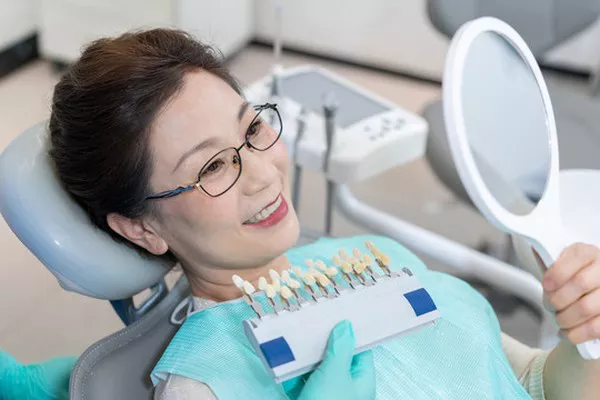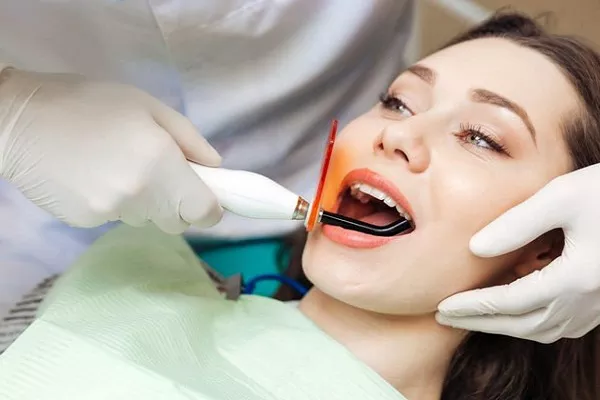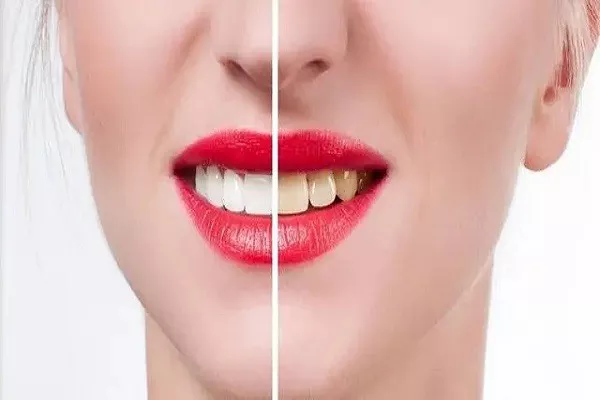A dazzling, white smile is a desire for many, and teeth whitening strips have become a popular over-the-counter solution for achieving a brighter smile. However, individuals with dental crowns often wonder if teeth whitening strips work effectively on their restorations. In this article, we will explore the compatibility of teeth whitening strips with dental crowns, the factors influencing their effectiveness, and considerations for achieving a uniform and radiant smile.
Understanding Dental Crowns
Dental crowns, also known as dental caps, are prosthetic restorations designed to cover a damaged, decayed, or discolored tooth. They restore the tooth’s shape, strength, and aesthetics, creating a natural appearance while providing functional support. Crowns are commonly made from materials such as porcelain, ceramic, metal alloys, or a combination of materials.
Teeth Whitening Strips: How They Work
Teeth whitening strips are thin, flexible pieces of plastic coated with a bleaching agent, usually containing hydrogen peroxide. When applied to the teeth, the bleaching agent works to break down stains and lighten the tooth’s color. The effectiveness of teeth whitening strips primarily depends on the nature of the staining and the type of teeth being treated.
Do Teeth Whitening Strips Work on Crowns?
Teeth whitening strips are designed to work on natural tooth enamel. However, their effectiveness on dental crowns can be limited due to the following reasons:
Material Composition: Dental crowns are often made from materials that do not respond to bleaching agents in the same way as natural tooth enamel. Porcelain and ceramic crowns, for instance, are less porous and may not lighten significantly with whitening treatments.
Consistent Color: Dental crowns are typically crafted to match the color of adjacent teeth. Since crowns do not change color like natural enamel, using teeth whitening strips on them may lead to uneven or mismatched results.
Intrinsic vs. Extrinsic Stains: Teeth whitening strips are more effective on extrinsic stains caused by surface factors like food and beverages. Intrinsic stains, which originate from within the tooth, may not respond as well to whitening treatments, including those on dental crowns.
Considerations for Achieving a Uniform Smile
Consultation: If you have dental crowns and are considering teeth whitening, consult with your dentist or a dental professional. They can assess the nature of your crowns, discuss potential outcomes, and recommend suitable options.
Whitening Options: While teeth whitening strips may not be effective on dental crowns, other whitening options can be explored. Professional teeth whitening treatments supervised by dentists can offer better results and address the unique considerations of crowns.
Matching Shade: If you wish to achieve a uniform smile, consider discussing crown replacement with your dentist. You can explore options for replacing existing crowns with ones that match the desired shade after teeth whitening.
Monitoring Staining: Practice good oral hygiene and limit consumption of staining foods and beverages to prevent new staining on natural teeth. This helps maintain a harmonious appearance between natural teeth and crowns.
Professional Opinion: Dental professionals can provide personalized advice based on your oral health, restorations, and cosmetic goals. Their expertise ensures that you make informed decisions about achieving your desired smile.
Conclusion
While teeth whitening strips are designed for natural enamel and may not be effective on dental crowns, there are alternative options to achieve a brighter and more uniform smile. Consulting with a dental professional is essential for understanding the compatibility of whitening treatments with dental crowns. By considering the material composition of your crowns, exploring suitable whitening alternatives, and discussing your options with a dentist, you can make informed decisions that lead to a radiant smile while preserving the integrity and aesthetics of your dental restorations.
Related Topics:





























